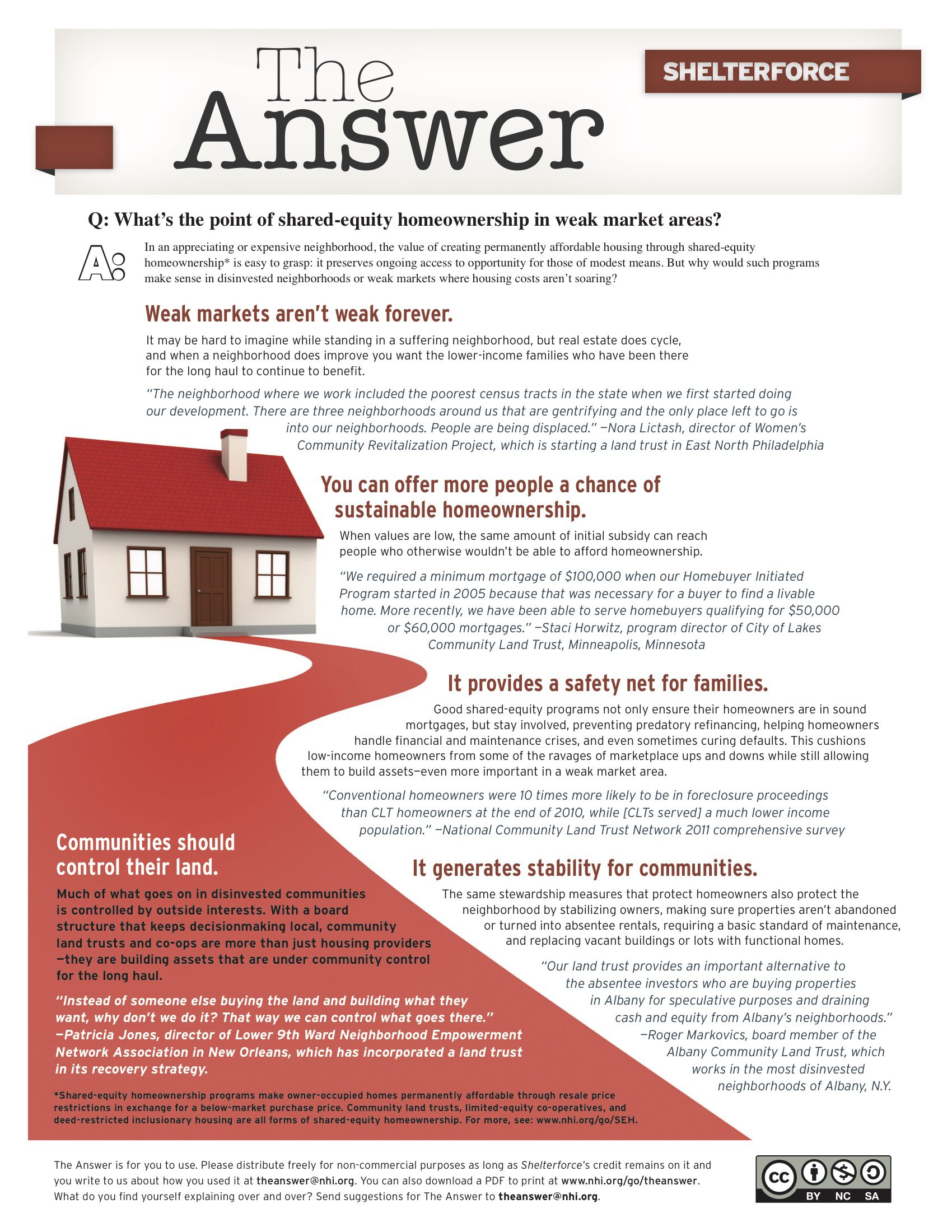
The Lofts at Reynoldstown Crossing. Courtesy of The Atlanta Beltline
In our Winter 2010 issue, we published a series of articles about the Atlanta Beltline, a rail loop surrounded by multiuse trails that is the country’s largest public transit infrastructure project. We examined the commitments being made to developing affordable housing around the Beltline, and the work to create community land trusts to make sure at least some of that housing is permanently affordable.
Two years later, construction has begun on a few portions of the trails, and an implementation plan for the whole project is expected by Spring 2013. Although Beltline advocates were disappointed that a statewide referendum on transit funding that would have accelerated the project did not pass earlier this year, that funding wasn’t part of the original Beltline plan, and work is proceeding according to the original 25-year completion time frame.
The Atlanta Beltline Affordable Housing Trust Fund, which gets 15 percent of the revenue raised through a special Beltline tax allocation district, stands at $8.8 million, and has helped create 120 affordable housing units along the Beltline so far. In one project, the Lofts at Reynoldstown Crossing, the Beltline Partnership was itself the developer, rehabbing a building that had been intended for high-end condos and then abandoned in the housing crash. It became 28 units of affordable owner-occupied housing, three of which were sold as permanently affordable units with deed restrictions. The Atlanta Land Trust Collaborative is stewarding those units as part of its portfolio.
The Atlanta Land Trust Collaborative is pioneering a “central server” model that provides back end support for neighborhood-based community land trusts while also acting to support shared-equity homeownership directly in areas without a local group taking the lead. It is up and running, supporting the community land trust (CLT) efforts of two neighborhood-based community development corporations and one resident volunteer coalition of four adjacent neighborhoods. All six of these neighborhoods are located along the Atlanta Beltline. The Pittsburgh neighborhood-based CDC is preparing to market its first newly renovated CLT homes before the end of 2012 and the Reynoldstown neighborhood-based CDC is preparing to initiate site development for six new LEED-certified CLT homes around the beginning of 2013.
Tony Pickett, ALTC’s director, says that during 2013, ALTC and the Fulton County/Atlanta Land Bank Authority, along with a variety of other local and national partners, plan to explore the creation of an Atlanta Transit Oriented Development (TOD) Land Acquisition Fund to facilitate the production of shared-equity housing, both rental and for sale, at scale. “Our work is based on successful national best practice models operating in Denver and San Francisco with the added innovation of utilizing a land bank/CLT partnership as a central element in the fund structure,” says Pickett. “Control of TOD land for shared-equity housing can accomplish the critical linkage of low-cost public transit access and affordable high-quality housing opportunities for low- and moderate-income families with urban job centers.”




Comments